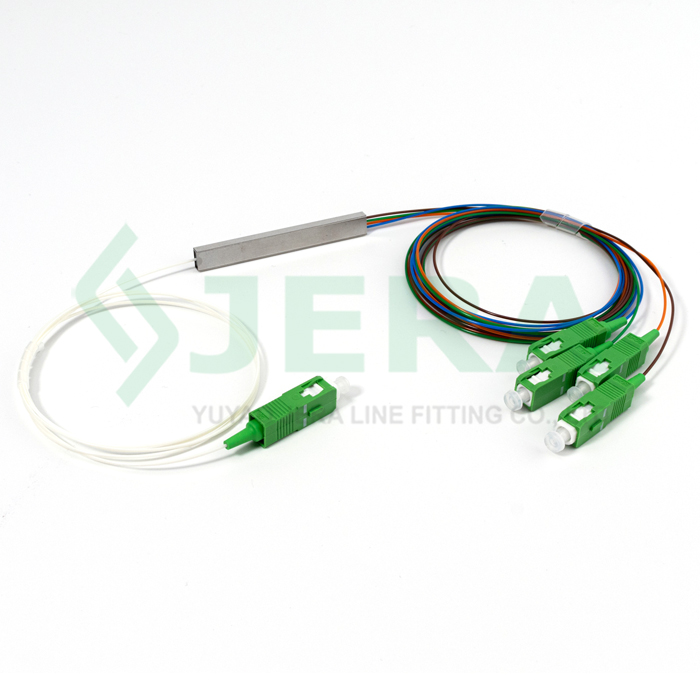In the current digital age, consistent internet connectivity is more crucial than ever. With the increasing need for high-speed internet driven by remote work, online learning, and streaming services, fiber optic internet is establishing itself as the top solution. Offering unmatched speed and reliability, fiber optics is redefining how we connect, work, and entertain each other. If you’re thinking about an upgrade, it is important to explore the various benefits that fiber optic internet has to give.
Including faster download and upload speeds to superior security features, fiber optic internet is paving the way for a smarter, smoother online experience. Whether you're a gamer seeking to reduce lag, a family watching in multiple rooms, or a business seeking to bolster productivity, fiber provides the performance you need. In this guide, we will examine the top advantages of switching to fiber internet and illustrate why this technology is not just a trend, but the next phase of connectivity.
Top Benefits of Optical Network
One of the most significant advantages of fiber optic connectivity is its unmatched speed. Fiber internet can provide downloading and uploading speeds that far exceed conventional broadband services, such as cable internet or DSL. While cable internet might provide speeds up to one hundred megabits per second, fiber can easily achieve and often surpass 1 Gbps. This enhancement is particularly advantageous for tasks that demand heavy data usage, such as streaming HD content, gaming, and video conferencing. With fiber technology, you can experience faster page loads and reduced buffering, enhancing the way you use the internet.
Another key advantage of fiber optic connectivity is its reliability. Unlike traditional cables, which can be affected by external conditions like climate and distance, fiber optics are made from glass and are less susceptible to data loss. This means you can enjoy a stable internet connection regardless of the weather conditions outside. Whether it’s rain, winter weather, or extreme heat, fiber optic internet provides consistent performance, making it a trustworthy choice for both homes and companies. When it comes to maintaining connectivity during important times, fiber's sturdiness truly shines.
Furthermore, fiber optic internet offers exceptional capacity for multiple devices. In today’s online age, many households have numerous devices connected simultaneously, from smartphones to smart home gadgets. Fiber internet's handle high bandwidth means you can enjoy seamless viewing, gaming, and downloading without experiencing slowdowns. The advanced technology behind fiber optics supports the increasing demand for internet speed and dependability, making it an ideal solution for big households or anyone telecommuting. Transitioning to fiber ensures that all your devices can thrive online without compromising performance.
Contrasting Fiber versus Other Online Options
When evaluating internet service options, fiber optic internet stands out notably against traditional cable and DSL offerings. Fiber internet utilizes advanced technology involving light signals sent along glass fibers, allowing for significantly greater speeds and bandwidth capabilities. In contrast, cable internet depends on coaxial cables which may be susceptible to congestion, especially during peak usage times. This often leads to slower speeds and decreased efficiency for customers intensely using streaming, gaming, or working from home.
Moreover, fiber optic internet offers far superior upload speeds compared to both cable and DSL. Although conventional services often deliver asymmetrical speeds—meaning download speeds far outpace uploads—fiber provides balanced speeds, rendering it perfect for activities such as video conferencing, uploading large files, or using cloud services. Such functionality proves beneficial for families and businesses that need reliable performance across multiple devices at the same time.
Moreover, the reliability of fiber internet should not be overlooked. Fiber optic cables are less susceptible to interference and environmental factors than copper wires used in cable and DSL connections. This resilience ensures consistent performance even adverse weather conditions, delivering users with a stable connection that helps ensure productivity and enhances the overall online experience. As the need for high-speed internet continues to grow, fiber optic technology cements its standing as the leading choice for modern connectivity.
Future of Connectivity with Fiber Optic s
As we move ahead into the tech age, the need for quicker and more dependable internet links continues to soar. Fiber optic internet is distinguished as the next generation of connectivity, offering unmatched speeds and performance that legacy options simply cannot satisfy. By employing light to transfer data, fiber optic technology delivers not only high bandwidth but also the capability to accommodate multiple users and smart home devices at once without reducing speed. This is vital as households and companies increasingly count on flawless connectivity for activities from working from home and virtual learning to streaming and gaming.
The shift to fiber optic internet marks a substantial upgrade in the way we connect to technology. With its low latency and elevated performance, fiber enables applications that necessitate real-time communication, such as virtual meetings and online gaming, to run flawlessly. As more people understand the value of robust internet connections, fiber optic installations are increasing more prevalent in both city and remote areas. This broadening is essential for ensuring equal access to the advantages afforded by rapid internet, aiding to financial growth and innovation in localities.

Committing to fiber optic internet not only improves individual online interactions but also positions dwellings and enterprises for a technologically advanced future. As the Internet of Things grows and smart home technology shifts more integrated into routine life, the trustworthy bandwidth provided by fiber will be essential. Moreover, fiber's sustainable advantages contribute to a green approach to technology, making it a wise choice for next generations. With fiber optic internet as the core of the future of connectivity, users can expect an increasingly connected and streamlined digital landscape.
